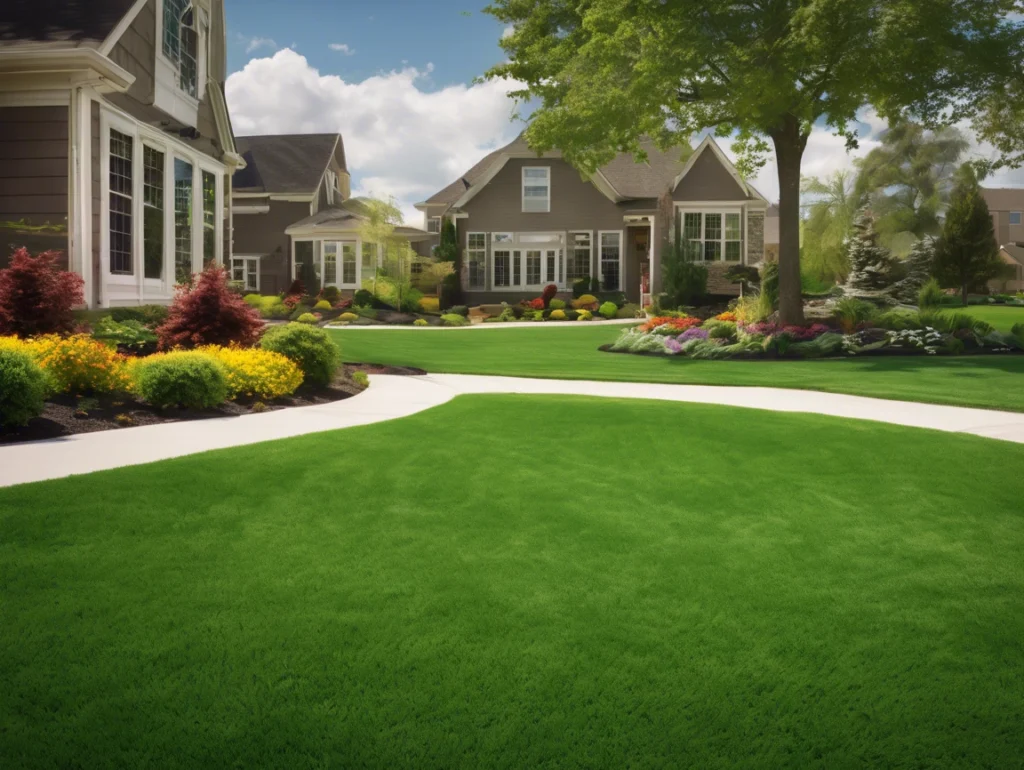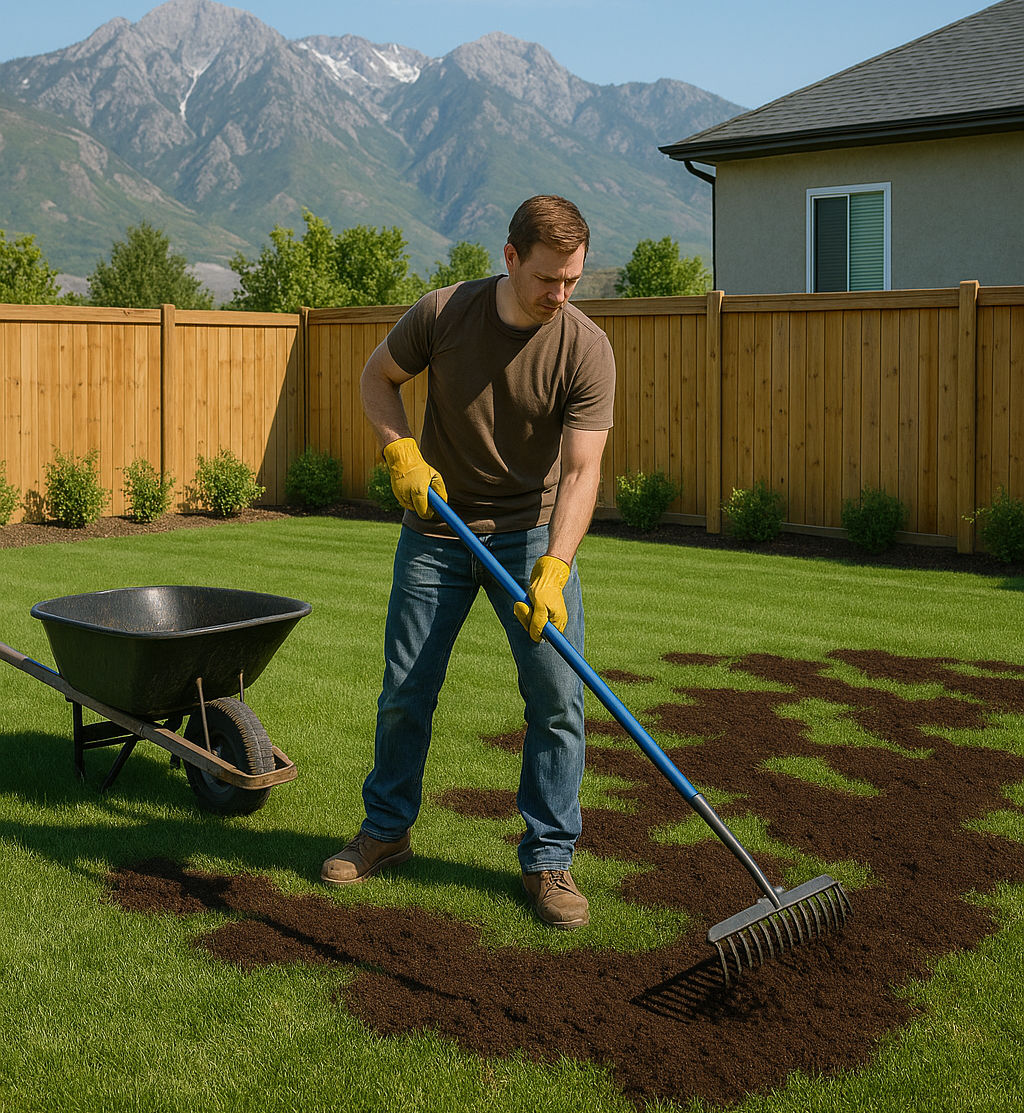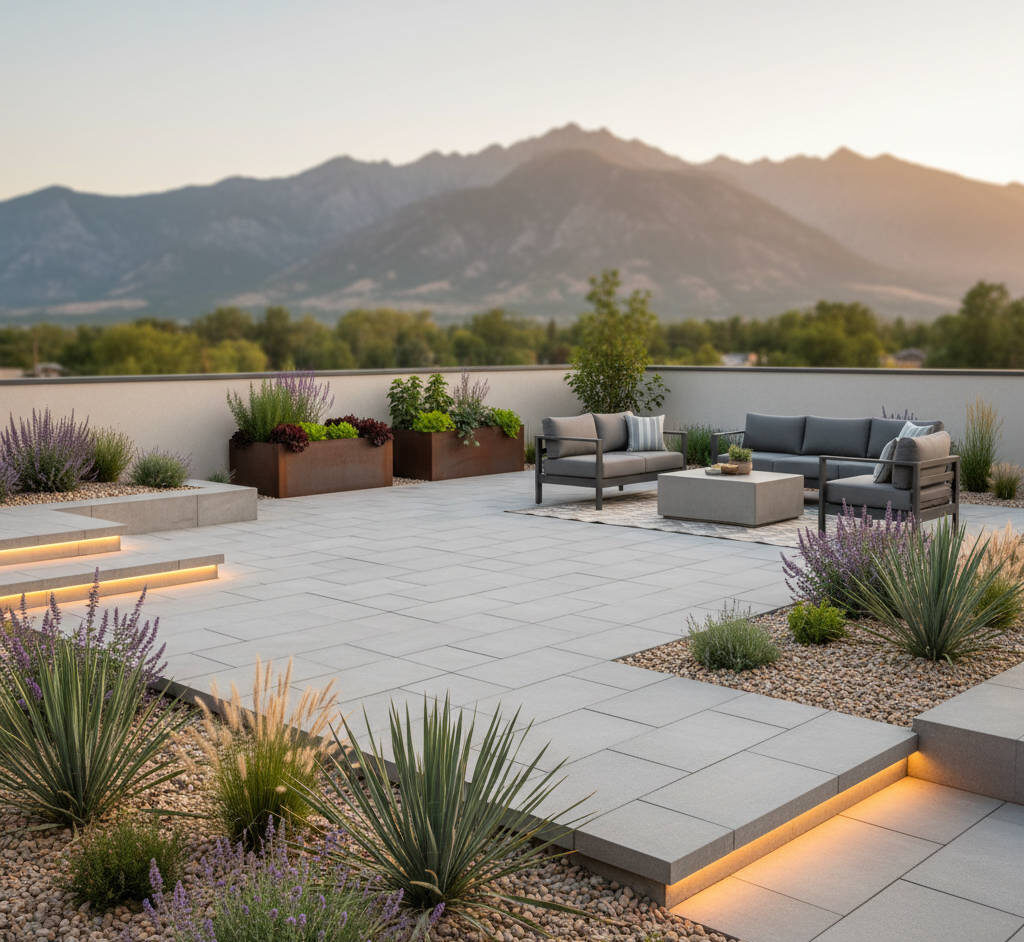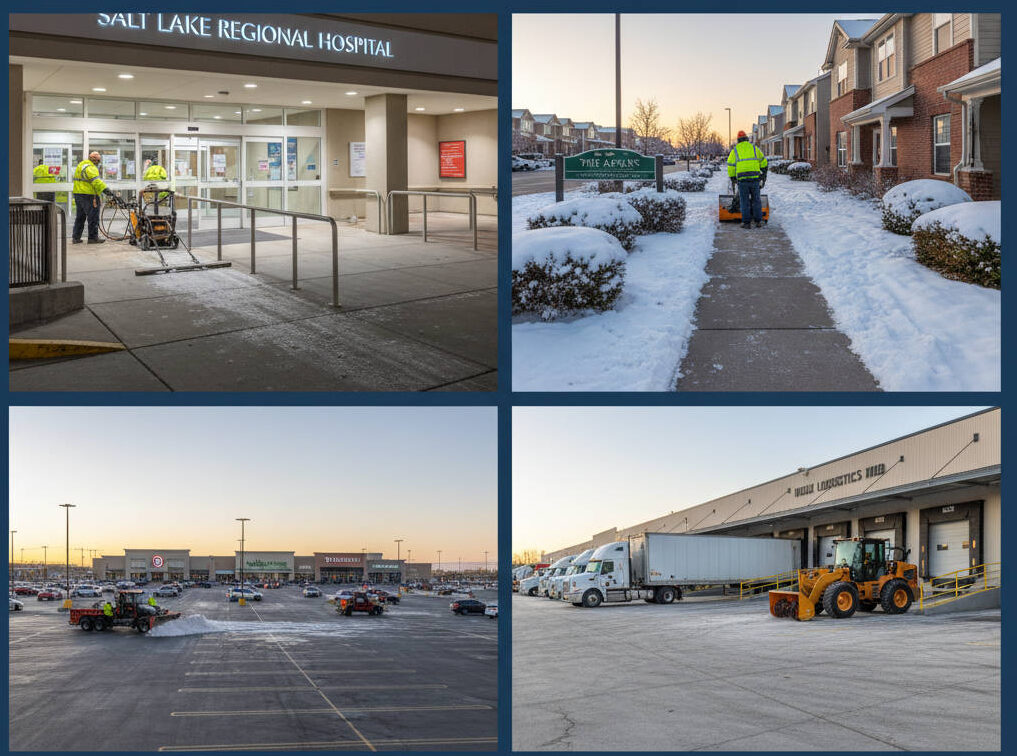Ask any lawn care expert in Salt Lake City what separates thriving green lawns from patchy brown ones, and the answer almost always comes down to one word: soil.
Utah’s native soils are naturally alkaline, clay-heavy, and often compacted—making it hard for grass roots to breathe and absorb nutrients. Before you invest in fertilizer or new sod, understanding and improving your soil is the smartest investment you can make.
The Problem with Utah Soil
- High Alkalinity (pH 7.5–8.5): Limits nutrient absorption.
- Clay Compaction: Poor drainage and root suffocation.
- Salt Buildup: From hard water irrigation.
- Low Organic Matter: Utah’s desert conditions mean little natural compost.
Step 1: Test Your Soil
- Purchase a DIY soil test kit or use Utah State University’s Extension service.
- Key metrics: pH, nitrogen, phosphorus, potassium, organic matter.
Step 2: Amend for Balance
- Lower pH: Add elemental sulfur or gypsum to bring down alkalinity.
- Add Organic Matter: Compost, peat moss, or well-aged manure to improve structure.
- Improve Drainage: Aeration every spring/fall prevents compaction.
Step 3: Choose the Right Grass for Salt Lake City
- Kentucky Bluegrass: Popular, but thirsty. Best with amended soil.
- Tall Fescue: Drought-tolerant and deeper roots.
- Buffalo Grass: Ultra low-water alternative for xeriscapes.
Step 4: Maintenance Tips
- Deep, infrequent watering to train roots.
- Top-dress with compost annually.
- Fertilize only after testing—don’t guess.

Don’t waste money on fertilizer until your soil is ready. Contact Millburn Landscape for professional soil testing and yard improvement in Salt Lake City.
FAQs
Why is my grass yellow even after fertilizing?
High soil pH may be blocking nutrient absorption. Correcting the pH often fixes this.
How often should I aerate in Salt Lake City?
At least once per year, ideally spring and fall.
Can I fix soil problems without removing existing sod?
Yes—top-dressing with compost and regular aeration can improve soil gradually.



